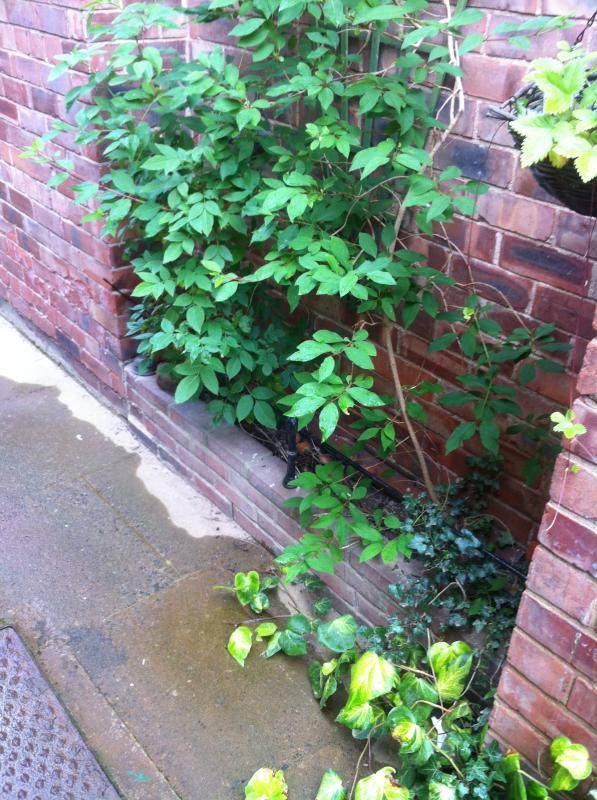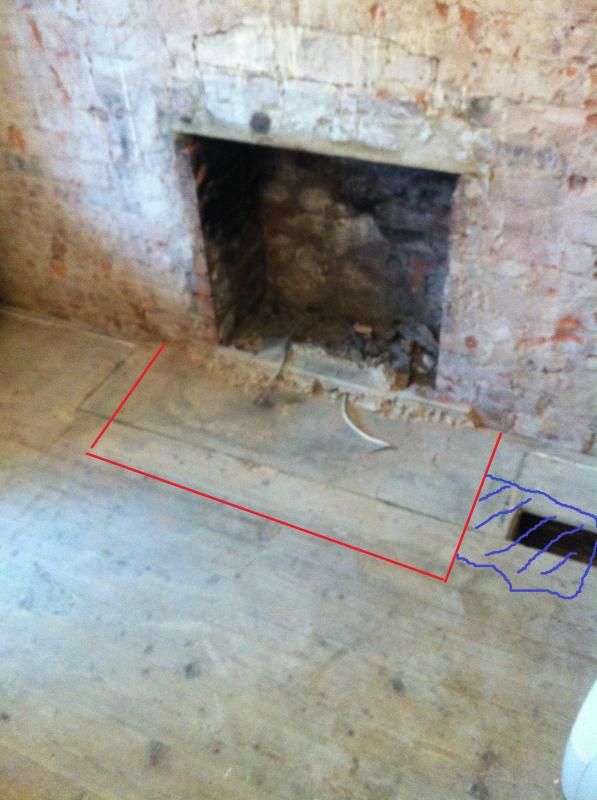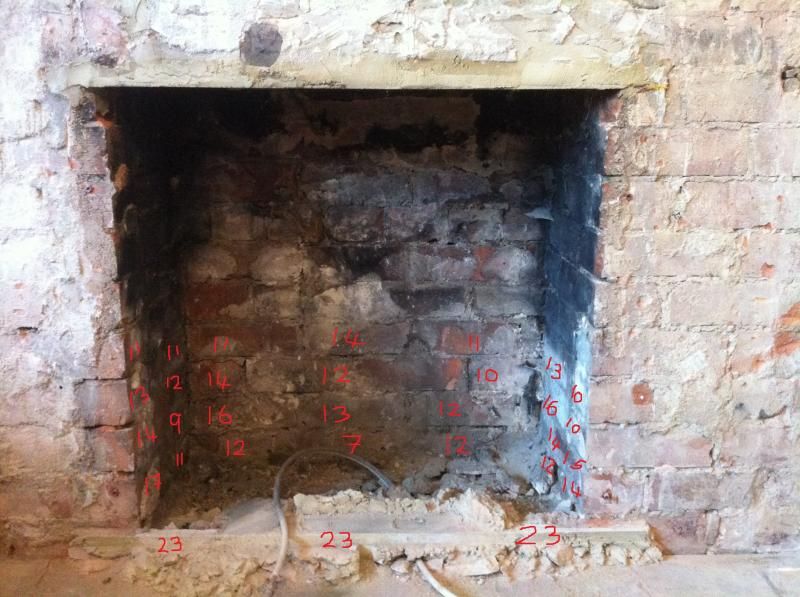I live in a 1920s detached house, last year we started having damp problems in the dining room next to the fireplace (external cavity wall, not insulated) paper coming off, efflorescence on the plaster work. It turned out directly above this was a few missing tiles on the roof, with damaged felt and damaged lead around the chimney breast. I ended up having the whole roof re done and the chimney stack re pointed. We were told that the damp was the water falling though the damaged roof, falling down the cavity, this was highlighted by a damp meter reading high all over the wall internally and that plasterwork wouldn't dry and needed to come off. The exposed bottom bricks were reading 25% on a damp meter, this was 8 weeks ago, the bottom bricks are still reading 25%ish now. (some are 25, some ar 12ish, its all very random)
Ive taken a few floor boards up and there is a damp section on the ground, about 30 cm by 15cm in diameter, next to the chimnet breast, this has been here for about 6 weeks and not changed.
 [/URL]
[/URL]
 [/URL]
[/URL]
Ive contacted several damp specialists and only one has turned up, he told me i need the problem was the roof and i need the wall tanking at a cost of £800, not including plaster work.
A plasterer told me that this was all fine and i should just re do the wall in a foil backed plasterboard and it will be ok.
I personally dont see why i need the wall tanking, as this isnt going to cure a problem if there is one.
Im after some advice on if this is still a problem, or if im just being paranoid, as im getting a different answer off everyone i speak to.
Sorry about the long post i hope it all makes sense, and thanks for any help.
Ive taken a few floor boards up and there is a damp section on the ground, about 30 cm by 15cm in diameter, next to the chimnet breast, this has been here for about 6 weeks and not changed.


Ive contacted several damp specialists and only one has turned up, he told me i need the problem was the roof and i need the wall tanking at a cost of £800, not including plaster work.
A plasterer told me that this was all fine and i should just re do the wall in a foil backed plasterboard and it will be ok.
I personally dont see why i need the wall tanking, as this isnt going to cure a problem if there is one.
Im after some advice on if this is still a problem, or if im just being paranoid, as im getting a different answer off everyone i speak to.
Sorry about the long post i hope it all makes sense, and thanks for any help.












